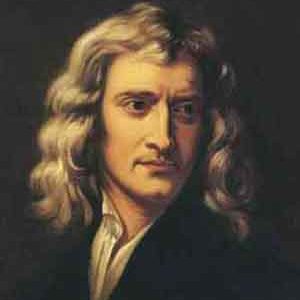ARISTOTLE first dominated scientific thinking for many years. He convinced people that weight affected falling objects, that inertia was insignificant, and that the sun, moon, and all planets orbited around Earth on celestial spheres.
NICOLAUS COPERNICUS and GALILEO GALILEI challenged Aristotle and said that the solar system revolved around the sun and that freely falling objects experience uniform acceleration regardless of mass when little external forces are acting on the system.
RENE DESCARTES then introduced his principles of philosophy, one of which included the idea of inertia.
ISAAC NEWTON then put ideas together to form some of the MOST REVOLUTIONARY IDEAS in science for its time. He thoroughly studied Descartes, and drew inspiration from him for his law of inertia. Newton successfully drew off of past theories and information he theorized about the world to create his three laws of motion. The theories discovered at this time were very complex and new to the current society, and because his lab reports were not written in very clear language, it took time for people to recreate the experiments and believe the new laws. Therefore, to help teach the world about them, a new subject was created; it was called "FLUXIONS," and now it is called CALCULUS. The laws of motion also led to the creation of another subject called Physics. These are classes that students continue to participate in today, and they revolutionized the world of science and how people think of the universe around them. One big shift in the way that people think is that after Newton's discoveries and the creation of Physics, people started to understand that the laws of Physics can be applied to all objects instead of finding a different law for each thing. EVERYTHING IN NATURE OBEYS THE SAME LAWS.


